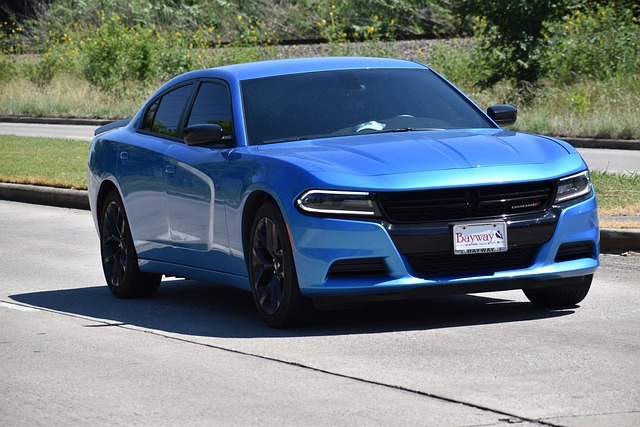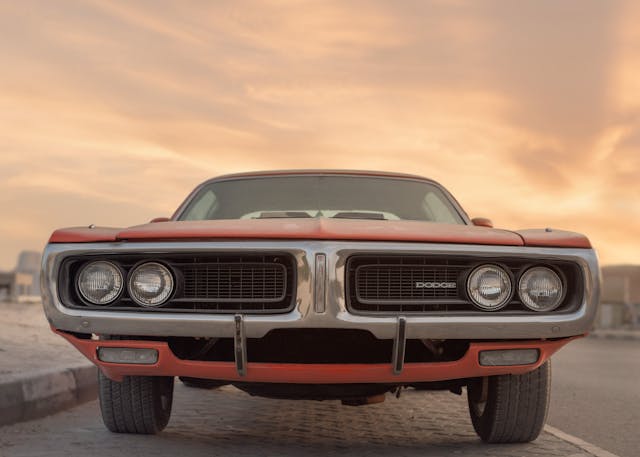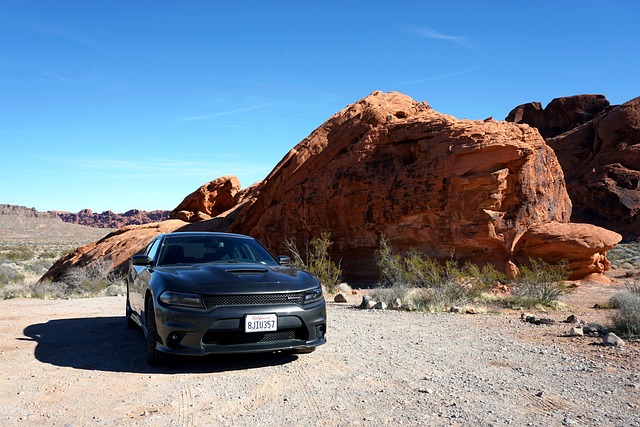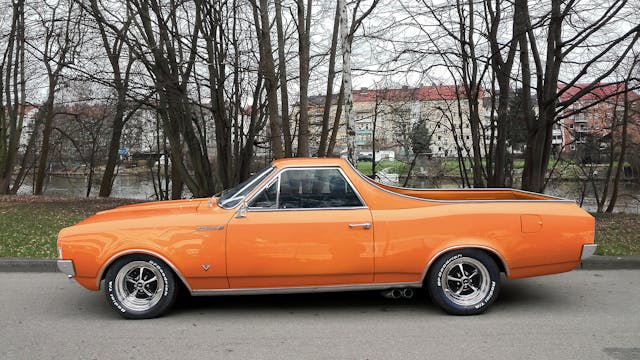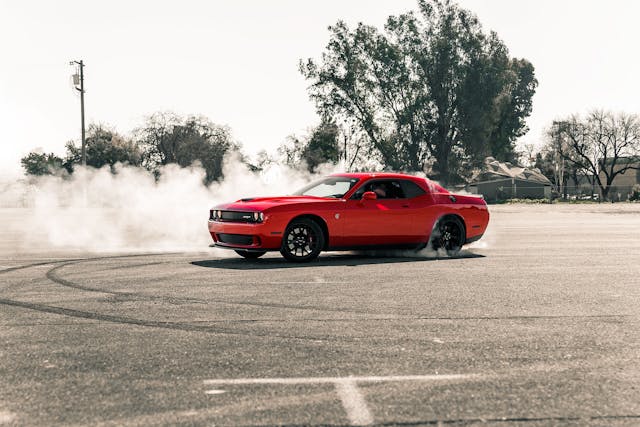Presenting the Icon The Legacy of the Plymouth Barracuda
Introduction:
There are very few names in automotive history that exude the same sort of feel—where the name is more than a name, but rather a symbol, signifying something more than just a car. A synonym for the Plymouth Barracuda is an automotive icon of the spirit of American muscle cars of the 1960s and early 1970s.
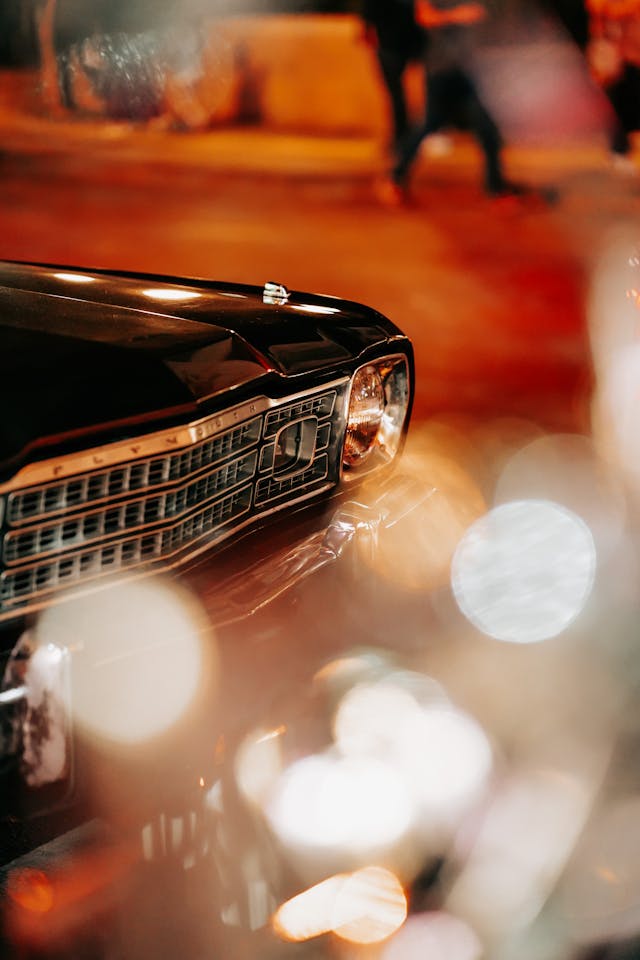
The engines the Barracuda was powered with had such a sweet design that there was no way one could not fall in love with it, especially for the car enthusiast and collector. In this article, we are going to delve into the interesting history of the Plymouth Barracuda, tracing its path from inception to great breakthroughs that leave a legacy.
Origins and Evolution
In reality, the history of the Plymouth Barracuda dates back to the early 1960s, when American carmakers were, in fact, in a desperate race to take over the emergent muscle car market. Conceived in response to the Ford Mustang, the Barracuda made an appearance in 1964, just a few weeks prior to its potential competitor.
While the Mustang took off and was successful, the Barracuda was less of an immediate hit, being in the shadow of its competitor and aggressive marketing.
But undeterred, Plymouth unleashed the second-generation Barracuda in 1967, which was light-years ahead of the first in design and performance. Aided by fastback design and tough Hemi V8 options, this car saw more enthusiasm than ever before in a position among the most powerful and competitive on the streets and tracks.
The Barracuda had changed throughout its whole production run from 1964 to 1974, changing to new tastes and new technologies. From its compact beginnings as a car virtually on the Plymouth Valiant platform to its development as a full-blown muscle car, the Barracuda became something extremely different in concept all because of changing market dynamics and regulatory pressures.
Innovations and Performance One of the important aspects that made the Plymouth Barracuda different was the innovation it put in and its performance. For years, engineers from Plymouth kept striving for new records with innovations and engineering marvels that would place the Barracuda in legendary status.
The 1965 release was the Formula S package, turning the Barracuda into a new track performer. Upgraded with heavy-duty suspension, larger brakes, and a high-performance engine, the Formula S was a clear sign of a Plymouth committed to building a true driver’s car.
And by 1970, there was the third generation, which was hitting the market and featuring an all-new design—often referred to as the E-Body Barracuda. This generation of Barracuda was larger compared to its compact namesake, with a longer wheelbase and wider track, which gave it much better stability and improved handling.
Under the hood was an array of potent engine options, which included the legendary 440 Six Pack and the incredible 426 Hemi. These aspects of the car solidified its reputation as a true muscle car powerhouse.
Legacy and Impact on Society:
More than mere performance credentials, a Plymouth Barracuda became an icon as it came to symbolize rebellion, freedom, and the American dream. It had smooth lines and great presence, which made it popular with Hollywood filmmakers, and it starred in some classic action films like “Bullitt” and “Gone in 60 Seconds,” further enhancing its status as an automotive icon.
The Barracuda was immortalized in popular culture, transcended the screen to influence the streets in the years that followed by the new generation of muscle cars, and inspired the souls of those looking to pursue a love of motoring excellence. Now, vintage Barracudas sell for top dollar at auctions and car shows, cherished by collectors who fully understand their history and timeless appeal. As the automotive industry evolved over the years, the legacy of the Plymouth Barracuda kept quite alive. Even though its production was discontinued in 1974, the spirit of the car was kept alive by the enthusiasts and in the design references of their contemporary muscle cars.
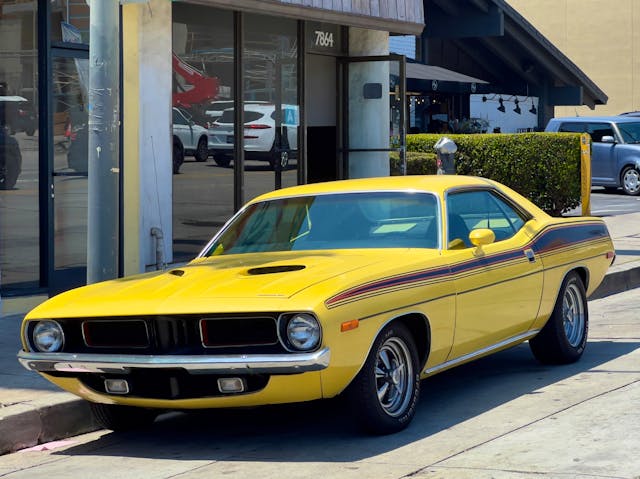
Nowadays, manufacturers pay too much respect for the Barracuda heritage as the details of the iconic styling and performance are incorporated into their latest offerings to assure the influence living on for generations. What is more, the Barracuda embodies, in essence, not only something for an automotive enthusiast but something representing American ingenuity and innovation. Its story holds the spirit of never giving up and going for the best; something to resonate with people looking to push boundaries and redefine possibility. In a world that is going electric and demanding more autonomous technology from its vehicles, the Plymouth Barracuda evokes the feel of the road, the sensation of excitement right down to the last nerve in the body, through which man is connected to machine. All the while, over the years, the automotive landscape has taken new forms, though the timeless appeal of the Barracuda.
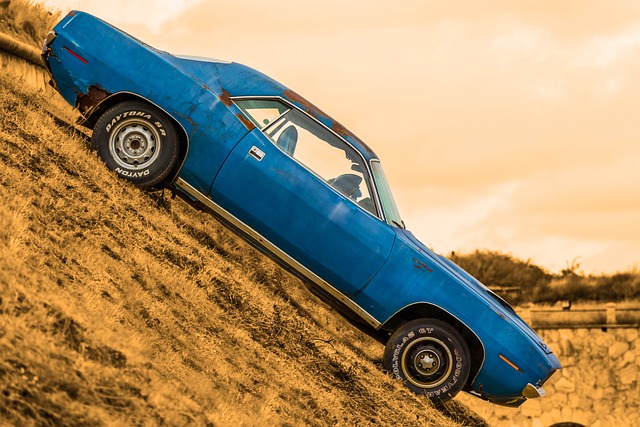
Conclusion:
Of all the Plymouth Barracuda, perhaps this is the best of staying power within the ranks of automotive innovation and the indelible impression of American muscle cars. The Barracuda, from its humble beginnings to a point of becoming a cultural icon, does not cease to grip the imagination of enthusiasts while truly inspiring all generations to come. And somewhere in there, this great vehicle reminds us of the passion, craftsmanship, and innovation that this new American automotive industry is really all about. Long live the Plymouth Barracuda, truly a legend of the road.

